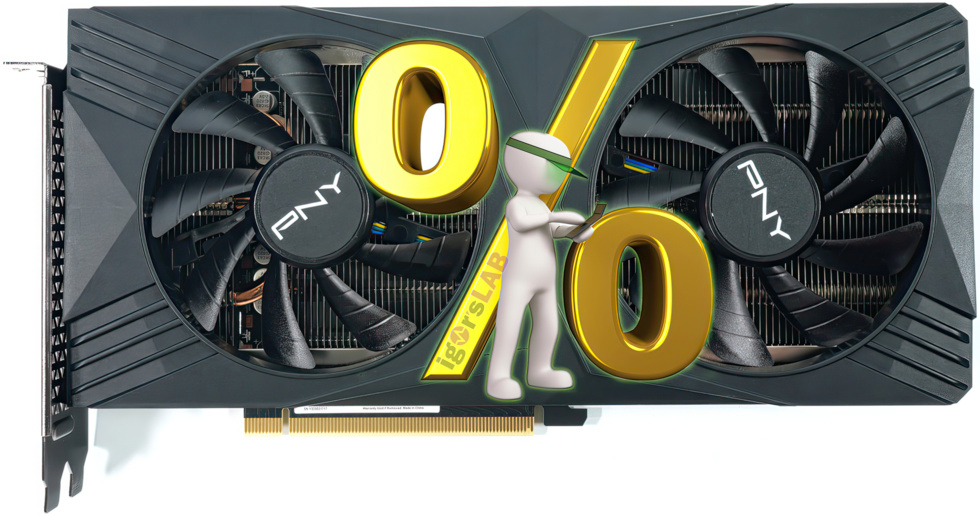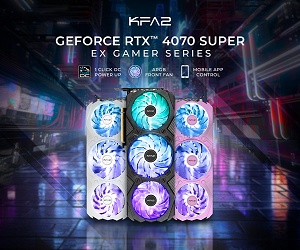I recently discussed the prices and the profit margins of the board partners for the GeForce RTX 4070 and also noted that there is hardly any financial leeway left for the manufacturers, especially for the cheapest models, i.e. the so-called MSRP cards (cards that are supposed to be sold at maximum MSRP). This is reflected on the one hand in the guaranteed availability, which is still given without any problems even days after the launch, and on the other hand in the design of the cards, where they make an effort to reduce the costs ex works to the maximum.

These prices are yes FoB (“Free on Board”), which I have already explained in the article linked below. Even though the first models are already available below the RRP and even the better models have become significantly cheaper in some cases, the prices still seem relatively constant even days after the launch. However, that could change soon, because NVIDIA now does nothing different than, for example, at the time with the rather poorly selling non-A chips of the GeForce RTX 2070 and 2080 according to several sources: There is a so-called “rebate” promotion. Behind this is this time an additional payment (or rebate for new orders) to the manufacturers of up to 50 USD for these so-called MSRP cards, which on the one hand increases the possible leeway at the FoB and on the other hand also lets the manufacturers breathe a little freer again if you don’t pass on everything (right away).
If you take everything into account and also consider the current buying restraint (which is similar to the launch of the GeForce RTX 4070 Ti), then the cheapest models could well fall below the 600 mark in a few weeks. However, some of the big buyers first assume that the next few weeks should rather serve as a financial rejuvenation cure for the manufacturers and that a slide in the price structure could only happen after the rumored early launch of the GeForce RTX 4060 Ti in May to avoid possible cannibalization effects.
However, the GeForce RTX 4060 Ti will be based on (even) cheaper boards, whose layout is very similar, but where all unneeded areas and modules are also physically completely omitted. The fact that 8 memory modules could have been soldered on the GeForce RTX 4070’s boards as an option probably has the background that these boards could have been used as a test vehicle for the AD106 to prepare the final boards. With the coolers of the MSRP cards, on the other hand, the chance of further recycling is in the realm of the probable, however, because further fragmentation hardly makes sense for the cheap additional purchase from the cooler OEM. However, the current 3-fan cards will probably be dropped completely here.
Since AMD’s expected cards of the RX 7800 and 7700 series will probably only appear on the market well after Computex, this of course also creates a certain cushion to be able to counteract without worrying about the price, should AMD’s upcoming offer turn out to be cheaper than expected. Of course, all these price speculations have to be taken with a grain of salt and we’re only talking about the MSRP cards at the moment, but the past has always shown us that such things as a rebate campaign sooner or later have an impact on the end customer prices. And it could also put AMD under some more pressure even before the launch.
No matter how and when we will then notice something of it in real terms, the customer will of course benefit indirectly and later also directly. Unfortunately, it also shows on which side the margins are controlled. It is always the chip manufacturers who sell their bundles to the board partners at a high price and who account for the lion’s share of their manufacturer prices.
GeForce RTX 4070 auf den Preispunkt gebracht: Wenn der Zwang zur UVP die Vernunft besiegt
Source: own
































131 Antworten
Kommentar
Lade neue Kommentare
Veteran
Veteran
Veteran
1
Mitglied
Urgestein
Veteran
Urgestein
Urgestein
Urgestein
Urgestein
Veteran
1
Veteran
Urgestein
Veteran
Alle Kommentare lesen unter igor´sLAB Community →